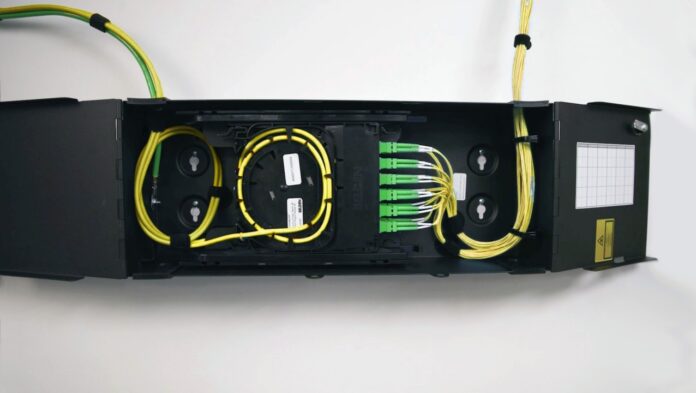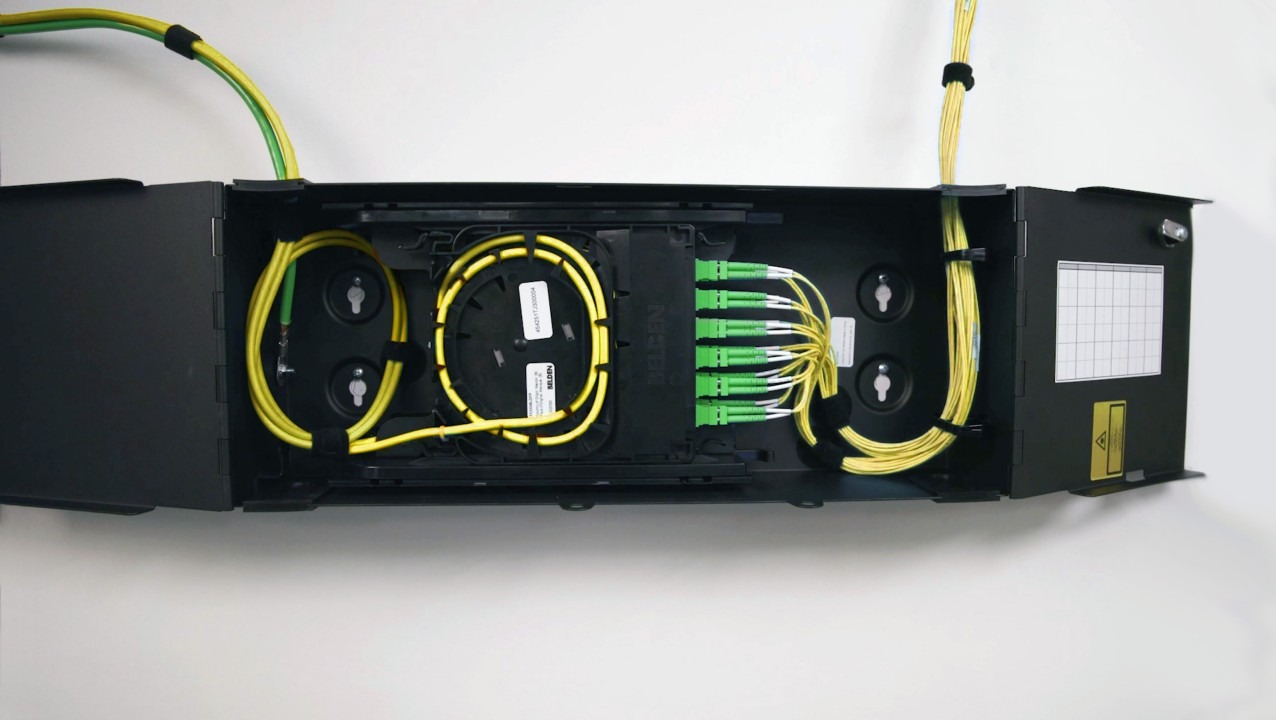Enterprise network infrastructure has a short lifespan, and most manufacturers expect business owners to replace everything when they upgrade.
How can a company overcome this challenge and obtain the necessary technology to compete without breaking the bank? Passive optical LAN technology is one way they can accomplish this goal.
IT productivity increases with this technology, and Hosted America’s managed network services can help clients determine which service meets their needs. For many, it will be passive optical LAN technology.
Passive optical LAN is used to build and operate networks without the complexity of many infrastructure setups.
Network vulnerability points are minimized, and the design options are flexible to ensure the right size capacity and density. Fiber-based network connectivity improves when this technology is used.
What is Passive Optical Lan Technology?

Passive optical LAN technology lets users receive video, data, wireless, and voice services together.
This technology shares many similarities with other technology, including the use of Ethernet connections, so no reconfiguration is needed during the upgrade.
Users have options when deploying the optical LAN technology, and many choose to reuse existing copper cables to save money.
Optical LAN Components
Optical LAN networks have multiple components. Optical line terminals aggregate and distribute the network connectivity and can support hundreds or thousands of Ethernet connections. Single-mode fiber cabling connects the various components of the network, while passive optical splitters assist with this connectivity. However, the system won’t work without an optical network terminal.
The optical network terminal handles the optical-to-electrical conversion needed to provide users with voice, video, data, and Wi-Fi.
Several mounting options are offered so each business can choose the best solution.
The terminal works with the management interface, which is responsible for managing the different elements of the network. When these components are combined, they bring all services together in one fiber-based infrastructure. The company no longer needs several platforms to provide users with high-speed data services.
Smart Buildings and IoT

Today, businesses rely on countless digital services. If their network is overburdened, they risk connectivity loss. This system must be able to expand as new Ethernet connections are added. Smart buildings place additional demand on the network, and infrastructure designers must account for them along with the IoT.
In the past, network designers would rack and stack Ethernet switches to provide this connectivity. They would also run copper cabling to connect devices. Doing so could lead to multiple energy, reliability, security, and thermal issues. This setup could be harmful to the environment and lead to additional problems. Moving to an optical LAN network resolves these problems.
Why Make the Switch?
Passive optical LAN can effortlessly handle the digital load. By leveraging the system and its cabling capacity, IT professionals can cost-effectively increase network connectivity without worrying about how adding smart devices will impact it. The system’s lifespan could effortlessly exceed 25 years. Copper cable networks must be replaced every five to seven years, so the savings may be significant.
The system occupies less space and requires fewer materials, saving the business more. It pays less in overhead while benefiting from advanced optical LAN technology. Stability, availability, and uptime increase, so the business wins in every way. Security increases, thanks to secure fiber cabling and a small attack surface. Humans interact less with the system, and the risk of error decreases.
Business owners must look to the future to remain competitive. They cannot risk falling behind competitors, and this risk is reduced by investing in passive optical LAN technology. Moving to a passive optical LAN network is a wise investment that will benefit the business for many years.







